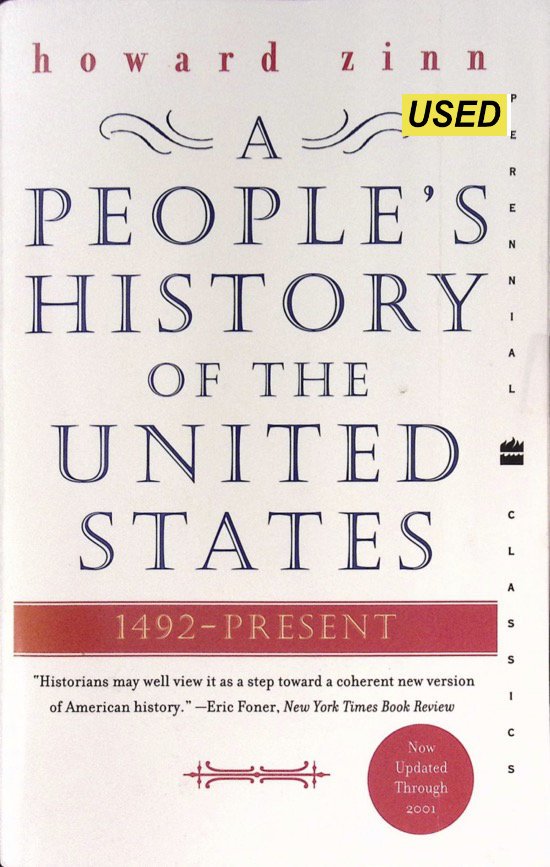By John BOURKE (Author), Graeme Newman (Editor)
"On the Border with Crook" by John G. Bourke is a historical account that provides a detailed narrative of the American Indian Wars, focusing on the campaigns led by General George Crook. Bourke, who served under Crook for fifteen years, offers a firsthand perspective on the military strategies and daily life of soldiers on the American frontier.
General George Crook was a notable United States Army officer who played significant roles in both the American Civil War and the Indian Wars. Born on September 8, 1828, in Ohio, Crook graduated from the United States Military Academy in 1852.
During the Civil War, Crook served with distinction in various battles, including the Second Battle of Bull Run, the Battle of Antietam, and the Battle of Chickamauga. After the war, he was assigned to the western frontier, where he became known for his campaigns against Native American tribes. His efforts in the Apache Wars and the Great Sioux War were particularly notable.
This new edition of the book originally published in 1891 has been thoroughly edited for its many grammatical and spelling errors, sometimes incomprehensible quaint usage of native American language, splatters of French and other European languages, and many, sometimes confusing attempts by Bourke, the original author, to express slang in the English language. The internal design and style of the book have also been modernized to allow for an easier and more comfortable read.
New York. Read-Me.Org Inc. 2025. 517p.









